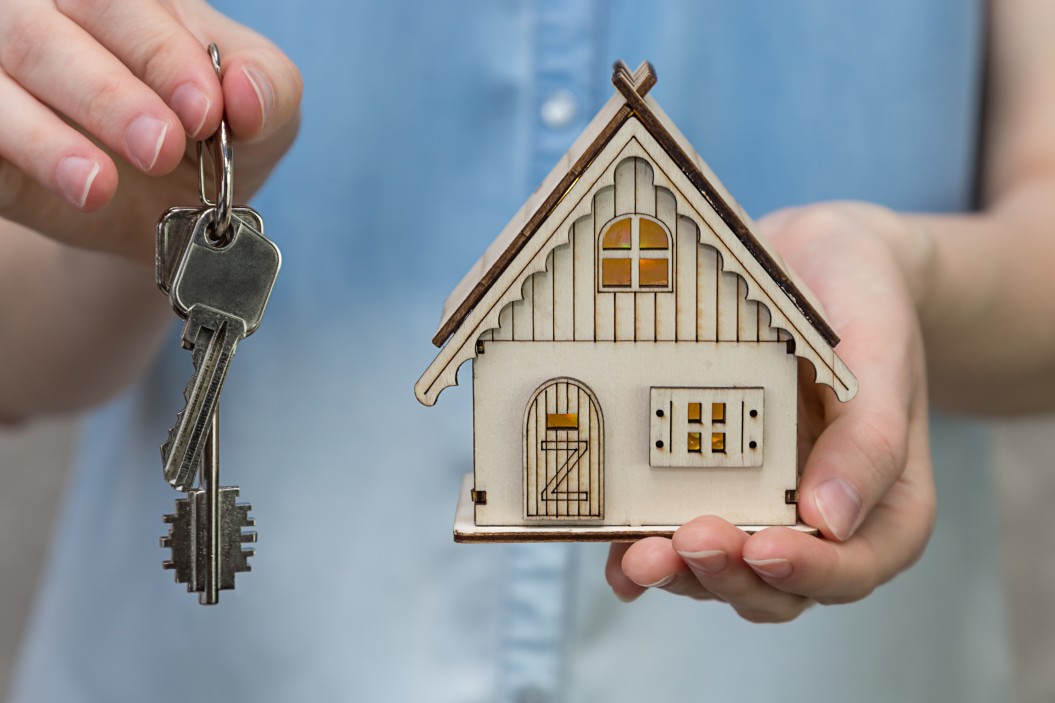The real estate market is ever-evolving, influenced by economic shifts, societal changes, and technological advancements. As we step into 2023, it’s essential for both buyers and sellers to stay ahead of the curve by understanding the latest trends. In 2023, staying informed about the latest real estate trends is crucial for making smart property decisions, and lake havasu city realtors are your trusted source for insights on what’s hot and what’s not in this dynamic market. In this article, we’ll explore what’s hot and what’s not in the world of real estate for the year 2023.
Real Estate Trends
1. Smart Homes
Smart home technology continues to gain momentum. Homes equipped with intelligent features such as automated lighting, security systems, and voice-activated controls are in high demand. Buyers seek convenience, energy efficiency, and enhanced security in their properties.
2. Sustainable Living
Sustainability is no longer a trend but a fundamental consideration for buyers. Energy-efficient appliances, eco-friendly construction materials, and green design principles are key selling points. Homes with low environmental impact are not only popular but also contribute to a greener future.

3. Suburban Revival
Suburban areas are experiencing a resurgence in popularity. The COVID-19 pandemic accelerated the trend of remote work, prompting many to seek larger, more affordable homes outside urban centers. Suburbs offer spacious living and access to nature without sacrificing connectivity.
4. Co-Living Spaces
Co-living arrangements are on the rise, particularly among young professionals and students. Shared housing with communal amenities and flexible lease terms provides affordable and sociable living options in expensive urban markets.
5. Real Estate Technology
The real estate industry is embracing technology like never before. Blockchain for transparent transactions, virtual reality for property tours, and artificial intelligence for market analysis are transforming the buying and selling process, making it more efficient and secure.
What’s Not
1. Oversized McMansions
Large, extravagant homes with excessive square footage are falling out of favor. Today’s buyers prioritize functionality and efficiency over sprawling spaces that require extensive upkeep.
2. Isolated Rural Properties
While remote properties offer solitude, they are becoming less appealing as buyers seek connectivity. The lack of high-speed internet and proximity to essential services is a drawback for many.
3. Traditional Home Office Spaces
Dedicated home offices with traditional desks and filing cabinets are becoming less relevant. Flexible workspaces that can adapt to various tasks, including video conferencing and collaboration, are now preferred.
4. High Energy Consumption
Homes with high energy consumption and outdated heating or cooling systems are a tough sell. Buyers are increasingly conscious of utility bills and environmental impact.
5. Lengthy Commutes
Properties with long commutes to major employment centers are losing their appeal. Buyers are willing to pay a premium for homes with shorter commutes and access to public transportation.
Conclusion
2023 brings exciting shifts in real estate preferences, with technology, sustainability, and flexibility taking center stage. Buyers are looking for smart, eco-friendly, and conveniently located homes, while outdated, energy-inefficient properties with long commutes are becoming less desirable.
Staying informed about these trends can empower buyers and sellers to make informed decisions in this dynamic real estate landscape. Whether you’re in the market for a new home or considering selling, embracing these trends can help you align with the evolving demands of today’s real estate market.

Leave a Reply